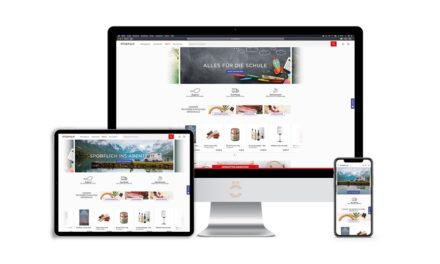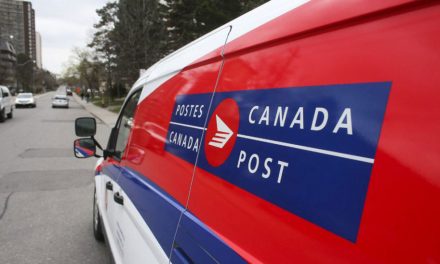
Canada’s postal service helping U.S. retailers
Consumer-goods companies in the United States are taking advantage of the Internet to reach Canadian consumers who are growing more comfortable buying from foreigners.
For years, retailers such as Best Buy, Sears and Wal-Mart have had stores north of the border, but many consumer-goods companies have yet to set foot in Canada, for a variety of reasons – labor costs and distribution difficulties among them.
For those companies, catalogs, and now the Internet, are the way to reach a Canadian market that saw $200 billion in retail sales during 2005, the latest full year for which sales data is available.
Canada Post – Canada’s postal administration – is looking to help U.S. companies reach into the country with its Borderfree service.
The service helps companies market directly to Canadians, who’ve been reluctant to buy through catalogs or on the Internet.
The service provides marketing data to retailers and consumer-goods companies looking to find the residents most likely to buy their goods, smooths out the ordering process and helps get the goods through customs and into buyers’ hands.
“The Canadian market is a little bit different than the U.S. market,” said Patrick Bartlett, of Canada Post.
For one, Canada is larger than the United States, but has about one-tenth the population – 32.3 million people in 2005, according to Statistics Canada, the country’s national statistics agency.
Marketing data on Canadians are not as detailed as they are on Americans, Bartlett said, making it harder for companies to find customers.
“We built this service to close that gap,” he said. “We help them build a marketing plan.”
Borderfree helps complete sales as well, with software that calculates customs duties, transportation handling fees and taxes and then converts the total to Canadian dollars.
“In crossing the border, there’s some issues and some difficulties,” Bartlett said.
Borderfree helps move the goods to shoppers’ doorsteps. It operates collection centers in Michigan and New York where goods are shipped for distribution into Canada.
In some cases, Borderfree maintains computers inside U.S. shipping terminals to direct goods headed to Canada.
More than 80 U.S. companies take advantage of Borderfree, including Brookstone, of Merrimack, N.H. The gadget retailer is a familiar presence in U.S. malls, operating more than 300 stores in the United States and Puerto Rico but not a single one in Canada.
Brookstone was one of the first U.S. companies to use Borderfree, signing up for the service in 2001 at the same time the company launched its own Web site for shoppers, said Steve August, Brookstone’s operational vice president.
Canada is Brookstone’s largest market outside the United States, he said, with annual sales in that country “north of seven figures.”
Among the tasks Borderfree handles are: processing customs paperwork; determining duty fees and Canadian provincial taxes and calculating exchange rates.
Getting the products to Canadians was once problematic for Brook-stone, August said, as buyers were sometimes forced to pick up purchases at a customs office.
“We would have to go through a whole bunch of gyrations,” he said, to complete sales to Canadians. Using Borderfree “is far simpler and cleaner.”
When someone in Canada orders a product through Brookstone’s Web site, he or she is ultimately redirected to Borderfree, which handles the billing.
Depending on what the customer orders, the goods are shipped from Brookstone’s distribution center in Mexico, Mo., to Borderfree’s collection depots, where workers re-route the goods to destinations in Canada.
The system has worked well enough for the company to put off opening stores in Canada, August said.
Opening stores there would force Brookstone to hire workers and managers there as well as deal with aspects of Canada’s consumer laws – such as product labeling – that it doesn’t have to now, he said.
“It just introduces a level of complexity,” August said.
Rather than invest in a Canadian workforce, Brookstone plows money into sales promotions, such as its “prices on par” program, which cuts purchase prices on goods by allowing Canadians to take advantage of differences in the monetary exchange rate.
There are plenty of Canadian dollars yet to be spent on the germ-free humidifiers, crescent shower rods, fold-away rowing machines Brookstone sells on its Web site, according to the latest Canadian Internet Use Survey.
Canadians ordered about $8 billion worth of goods and services over the Internet for personal or household consumption in 2005, the survey shows. That’s about 4 percent of the $200.1 billion spent on retail sales that year. Online spending for retail goods is expected to double to $16 billion by 2009, according to eMarketer, a research firm that analyzes online market data.
That spending is being fueled by wide penetration of high-speed Internet service and a strong Canadian economy. The percentage of Canadians with broadband Internet connections is higher than that in the United States, according to eMarketer. In 2005, 77 percent of Canadians had broadband access, versus only 57 percent of Americans.











